Rising Construction Activities
The Aerial Lift Rental Market is experiencing a surge in demand due to the increasing number of construction projects worldwide. As urban areas expand and infrastructure development accelerates, the need for aerial lifts becomes more pronounced. In 2025, the construction sector is projected to grow at a compound annual growth rate of approximately 5.5%, driving the rental of aerial lifts for tasks such as building maintenance, installation, and repair. This trend indicates that construction companies are increasingly opting for rental solutions to manage costs and enhance operational efficiency. The flexibility and convenience offered by aerial lift rentals align well with the dynamic nature of construction projects, making them a preferred choice for contractors and builders alike.
Growing Demand for Safety Equipment
Safety regulations and standards are becoming increasingly stringent across various industries, which is positively impacting the Aerial Lift Rental Market. Companies are now prioritizing worker safety, leading to a heightened demand for equipment that ensures compliance with safety protocols. Aerial lifts are designed to provide safe access to elevated work areas, thereby reducing the risk of accidents and injuries. In 2025, it is estimated that the safety equipment market will reach a valuation of over 50 billion dollars, with aerial lifts playing a crucial role in this growth. This trend suggests that businesses are more likely to rent aerial lifts to meet safety requirements without the burden of ownership, further propelling the rental market.
Technological Innovations in Aerial Lifts
Technological advancements are significantly influencing the Aerial Lift Rental Market, as manufacturers are continuously developing innovative features to enhance performance and safety. The introduction of electric and hybrid aerial lifts is particularly noteworthy, as these models offer reduced emissions and lower operating costs. In 2025, the market for electric aerial lifts is expected to grow by over 20%, reflecting a shift towards more sustainable equipment options. This trend indicates that rental companies are likely to invest in advanced aerial lift models to meet the evolving needs of their clients, thereby fostering growth in the rental market. The integration of smart technologies, such as telematics, further enhances the appeal of aerial lifts, making them more attractive for rental purposes.
Expansion of Rental Services in Emerging Markets
The Aerial Lift Rental Market is witnessing expansion in emerging markets, where economic growth is driving infrastructure development. Countries in Asia and Latin America are increasingly investing in construction and maintenance projects, leading to a rising demand for aerial lifts. In 2025, it is anticipated that the construction industry in these regions will grow at a rate of 6%, creating opportunities for rental service providers. This trend suggests that companies in emerging markets are more inclined to rent aerial lifts rather than purchase them outright, as rental services offer flexibility and cost-effectiveness. As these markets continue to develop, the aerial lift rental sector is likely to experience substantial growth, driven by the increasing need for efficient access solutions in construction and maintenance activities.
Increased Focus on Maintenance and Repair Services
The Aerial Lift Rental Market is benefiting from a growing emphasis on maintenance and repair services across various sectors. As equipment ages, the need for regular maintenance becomes essential to ensure operational efficiency and safety. Aerial lifts are often rented for maintenance tasks in sectors such as telecommunications, utilities, and building management. In 2025, the maintenance, repair, and operations (MRO) market is projected to reach approximately 650 billion dollars, indicating a robust demand for rental equipment like aerial lifts. This trend suggests that companies are increasingly turning to rental solutions to access the latest technology and equipment without incurring high capital expenditures, thereby driving growth in the aerial lift rental sector.


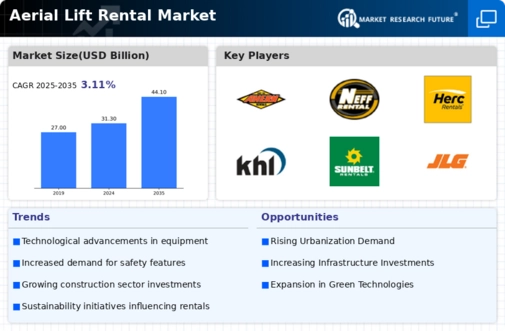

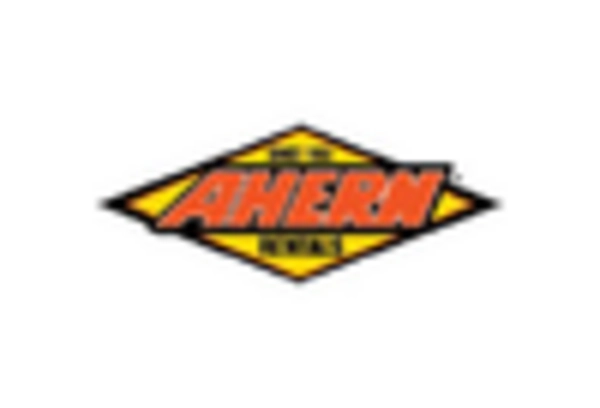
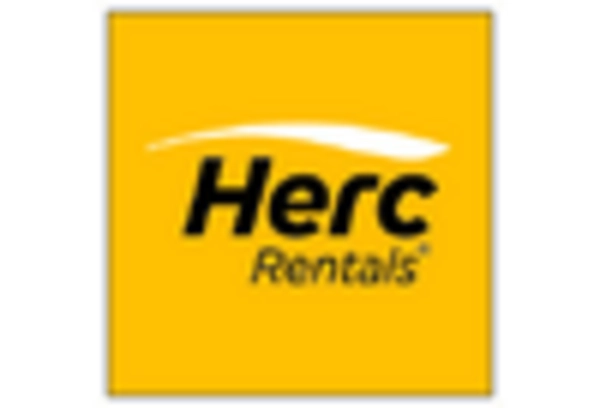
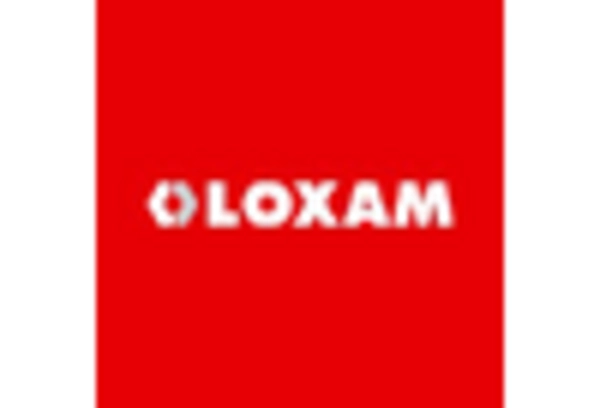
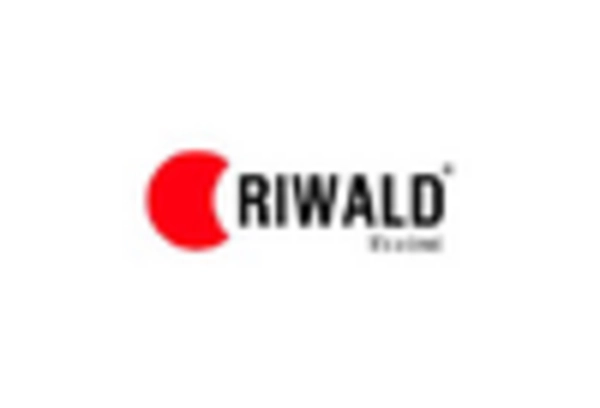

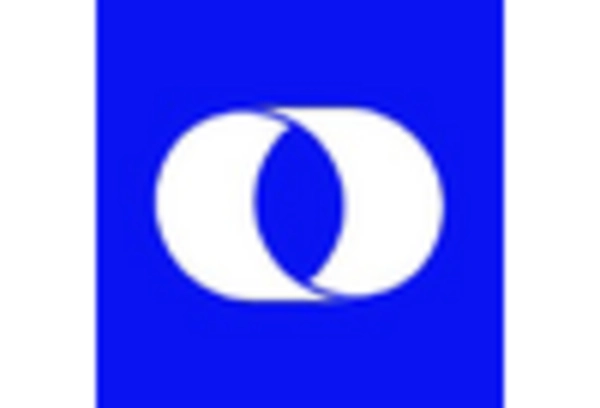








Leave a Comment